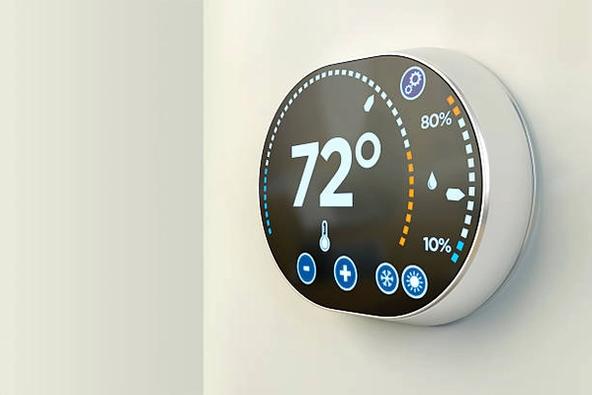Basic building information such as location, floor area, attachment type, heating system and window type are gathered via a brief property survey or obtained from existing asset management systems or Energy Performance Certificates (EPCs).
These can be entered directly into our online system or uploaded programmatically using APIs.



